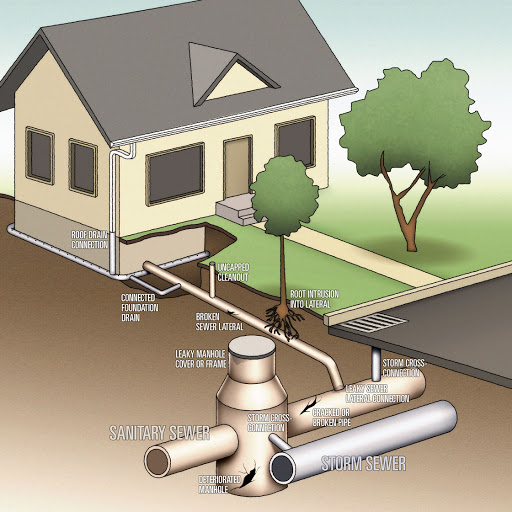
Wastewater treatment systems remove contaminants from household or industrial sewage and wastewater. The systems use biological, chemical and physical ways to take away the biological, chemical and physical contaminants. Treated wastewater ought to be eco safe for reuse as fertilizer, garden and lawn watering, industrial applications, aquifer recharge and dirt suppression. There’s the advanced technology today that assists you to treat sewage safe to reuse as consuming water.
Contaminated water originates from household waste from toilets, showers, bathtubs, sinks and kitchens. Additionally, it originates from industry and commerce. Greywater doesn’t contain human waste and it is treated for use for landscape irrigation and wetlands which are artificially produced to revive wildlife habitats for migratory and native wild birds and land reclamation.
Blackwater has pathogens that must definitely be decomposed prior to being safe for that atmosphere. You can do this through composting when the water submissions are low enough. Heat produced from thermophilic microorganisms will heighten the compost to in excess of 60 levels Celsius. This can destroy harmful pathogens and also the blackwater will be prepared for safe fertilizer after in regards to a year.
Wastewater treatments systems are for sale to firms that have contaminated effluent or run-off water and also address it and reuse it. Scalping strategies can be quite compact to slot in small areas and therefore are easily transported. They may also be rather large for the treatment of immeasureable greywater every single day.
There are various systems for various kinds of wastewater, however the fundamental steps for treatment are:
Pre-treatment that removes large pieces and debris for example branches.
Screening also removes large pieces which are smaller sized compared to debris removed in pre-treatment including plastic packets, cans, rags and sticks. Normally, this is completed with a raking bar but can be achieved by hand.
Elimination of grit includes removing sand, small gemstones and damaged glass. This really is mainly completed in large systems, because in small systems the grit might be removed throughout the screening.
In bigger systems fat and grease is taken away with skimmers that collect what’s floating at first glance. This is accomplished in many plants with mechanical surface skimmers as primary clarifiers.
Primary treatment methods are accustomed to settle sludge through sedimentation. You will find scrapers that drive the settled sludge perfectly into a container for more treatment.
Secondary treatment methods are to degrade the biological content from sewage which comes from human and food waste in addition to soapy detergents. There are many kinds of secondary treatment systems.
When the wastewater will be discharged right into a fragile ecosystem for example barrier reefs, low-flow rivers or estuaries, there’s a tertiary treatment after secondary treatment to disinfect water chemically or physically. If it’s satisfactorily purified, you can use it to recharge groundwater or irrigate crops.
The concept of wastewater management has garnered widespread reach and attention in the past few years. If you are someone who is looking to gain the most out of it, check out List of Wastewater Treatment Companies in Singapore.











